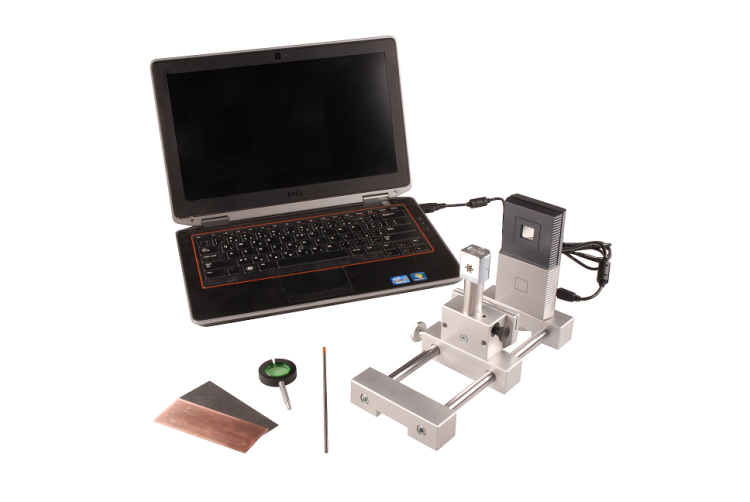Education
Advancements in the field of physics, especially in the area of nuclear physics, several countries are actively promoting physics education at the school level so that more and more students aspire to take up higher studies and research in physics. Due to the increase in number of nuclear reactors and nuclear programs it is high time for young generation to understand the technology and its impact with better tools. The main tool which is currently used for ionizing radiation physics education is Geiger Muller tube based particle detector. However there are some pitfalls in the current Physics tools available such as:
- These devices could only indicate the presence of ionizing particle i.e. provide number of particles detected.
- Identification and distinguishing the particles as alpha, beta, gamma or MIP is not possible.
- Lack of energy resolution
- Lack of visualization during ionizing particle impact
- Lack of creating inter-disciplinary research such as image processing, integrated circuit design, communications etc
Medipix based MX-10 device alleviates all the above problems. The main advantage of this device is to compliment theoretical teaching activity along with practical exercise with this device. Due to its portable nature of this device, it can be taken directly to the classroom and visually demonstrate how different particle characteristics along with all other features such counting individual particle counting, distinguishing each particle energy, visually distinguish particle tracks.

Educational device requirements
Educational equipment’s need robustness and ease of use. This needs several early stage design decision such as reducing the number of cables used in powering and communication, mechanical housing to protect the detectors when not in use or when alpha experiments are not conducted, weight of the device etc. The educational application required specific focus on experimental setup development apart from the device development. The main reason is to see how effectively these devices can be used in laboratory environment with radiation sources. The outcome of such initiative is to develop a mechanical test bench which is robust, smooth and has ease of use.
The main requirements in a test bench for radiation experiments is flexibility in mounting radiation sources at proper height, movement of the source closer to or farther from the detector, placement of shielding in proper position. This test bench also can mount easily available uranium glass or welding rod which possess few percentage of thorium which produce ionizing radiation as depicted in Figure (left to right: different kind of shielding such as copper and lead, uranium glass, welding rod, test bench mounted with certified 9.5KBq americium source for educational purpose, MX-10 device mounted, USB cable connected to the laptop).


